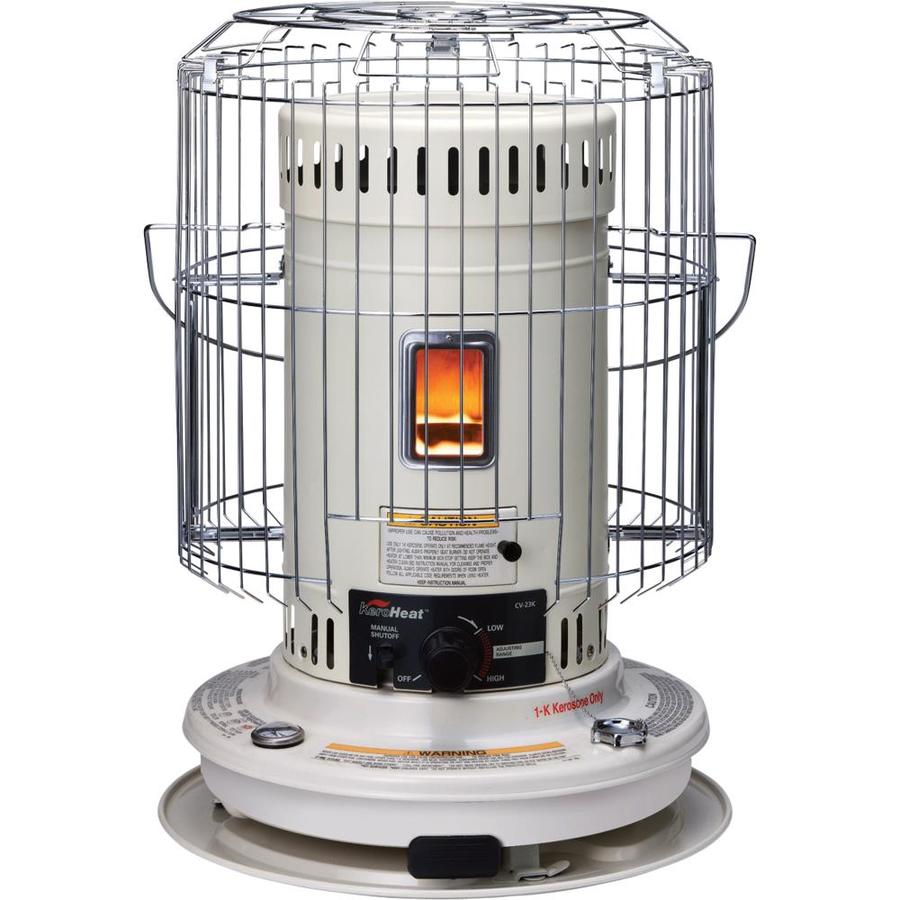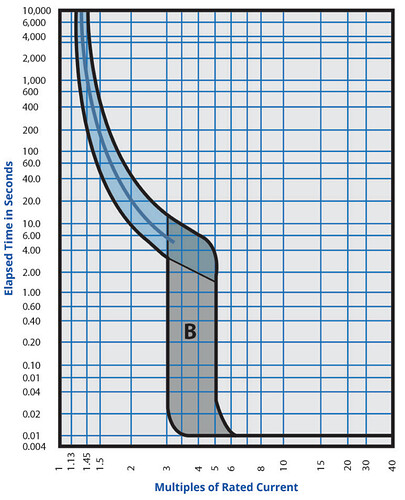But the bodies I keep in my garage feel so cold
@THEFIREGAMER123
First of all I’d look into that furnace/vent business. I’ll make some assumptions here to fill the missing info, so correct them if needed.
There are two likely reasons why the hot air is not flowing in:
1. the duct is sealed off
2. by design
Checking for the first one is easy. Unless you have a dead Santa in the duct, it’s sealed on either one end or the other.
Checking for the second…
For the air to come into your room, air needs to be leaving it as well.
I’m assuming that your room (garage) has a door leading straight into the house. Typically those doors are airtight (same as exterior doors).
The cold air can’t escape through that door. The only way in/out is the vent. If the vent is near the ceiling, almost no exchange should be expected (hot air stays up). If the vent is near the floor, only a little bit more exchange should be expected: the cold air sinks down and tries to leave through the vent but immediately mixes with the incoming hot air and you get jack heat. Normally both setups provides sufficient conditions for the minimal convection to keep the garage above frosting temperatures (which is all you need for your car).
Interior doors leave a gap at the bottom (circa 1,5 cm) to allow the air to circulate.
So first of all, check if the door has a gap. If it doesn’t, crack it open and wait several minutes for the air to start flowing from the vent. You can estimate the airflow before and after with a steady lighter/candle flame (held up to the vent).
If this enables the expected heat flow, ask your landlord to modify the door accordingly.
If none of these two apply, gremlins.
Regarding the cooling aspect of your device and portable ACs in general:
Unless you lead the heat it produces (during the compression portion of the cycle) outside, you’ll be heating up your room, instead of cooling it. There are venting plates/kits that let you adapt your window for that purpose with ease, but the window needs to be of the sliding variety.
Of course you can lead said hot air through the existing vent as well, but then you’d be heating up your buddies;)
Regarding electric:
The fuse (or rather a circuit breaker, unless this house is ancient) - which is closing that circuit - is what it is for a reason. By design every circuit in the house should be closed by a breaker that allows no more load then a particular circuit’s wiring (in-wall) can carry (or rather sustain in time, more on that later).
If you install a “stronger” breaker that’ll let a higher current through, you’ll turn the circuit’s wiring (in the walls) into a “fuse”, except this one is combustible.
Regarding connecting to other circuits in the house: before you start considering running an extension to a different circuit, check what is the max expected (simultaneous) load on it and what the breaker closing it would pass through. Why you should bother to do so:
You don’t need to know the exact layout or be an electrician to tell that this electric job is not up to standards.
Each of those should be on their separate circuits:
~ dishwasher
~ stove, oven (usually three-phase)
~ fridge + microwave + other kitchen appliances (excluding the cooker hood and lighting)
Your room (garage) is likely on the fridge + etc. circuit, 1,5-2 mm wire with a 15 or 20 Amps breaker. I’m estimating this based on the known + likely connected loads, likely tripping curves, and time to trip you’ve provided. We can easily verify those.
This would allow a 1800 Watts (120V, 15A breaker) or 2400W (120V, 20A breaker) of load on the circuit.
Now, those numbers are for an (indefinitely) sustained load. Breakers allow for strictly (and intrinsically) controlled, timed “leeway”, and this is why yours trips after a couple dozen minutes. This is intentional and defined by the breaker’s trip curves.
Each breaker class has a different trip curve, but to give you an idea of what they look like:
tripping curve example
In your case the trip occurs in the leftmost (banana shaped) part of the curve.
The vertical axis shows time to trip; the horizontal one shows the ratio between the current that flows through the circuit and the current the breaker is rated for (both in Amps, so there’s no unit).
When the load goes over the rate, the quotient goes over 1 (multiples of rated current) and you’re in the tripping mode. The time after which the trip occurs (and the circuit breaks) can be read from the vertical axis. The shape of the curve shows you that the expected time is a range for the thermal (leftmost) tripping mechanism; for magnetic (rightmost) tripping it’s instantaneous.
You should be able to easily find the characteristic and the exact curve for your breaker on the internet (product’s data sheet). Here’s an example: data sheet
Back on topic: considering the fact that you have a whole living space connected to your general kitchen circuit, you should assume you might have a bitch-ass circuitry all around the house. So do the checks (which outlets are connected to which breakers) and do the calculations (breakers’ amperage vs expected loads) before you go shopping for a new heater or extension cords.
Regarding fuel heaters:
Fumes/pollutants are non-issue UNLESS you try to run that for your use case, i.e. small space with limited/no ventilation.
When operating as intended, burning kerosene depletes air of oxygen, and produces carbon dioxide (+ negligible amounts of other gases). This doesn’t pose a serious threat by itself, as you’ll feel oxygen deprivation and smell the dioxide if the levels were to deviate substantially from the “fresh air’s” contents.
The issue is that - without enough oxygen - the fuel won’t react completely (incomplete combustion) and produce carbon monoxide instead. You cannot smell it, or see it.
If you’re fully awake you’ll likely feel nausea that’ll prompt you to react, but even long term exposure to elevated (non-discernable for human senses) levels of carbon monoxide can cause significant damage to your health (mostly cardiac).
Now, if you’re asleep, drowsing or even very tired after work, you likely won’t feel a thing and suffocate.
Be wary of internet advice, it might kill ya.







